Below, we will explain the differences between wooden and self-inking rubber stamps, including pros & cons for each, as well as for which types of uses and activities each stamp is a better fit.
To jump down directly to the video, click here: The Difference Between Wooden and Self-inking Rubber Stamps
The main difference between wooden and self-inking rubber stamps is that wooden stamps will require an ink pad to ink the stamp before each use, whereas self-inking rubber stamps have a built-in ink pad, which can be re-inked if you have an ink vial. Re-inking a self-inking stamp is quite simple, here are instructions on how to do it: How to re-ink a self-inking rubber stamp
Example of wooden rubber stamps & required ink pad:
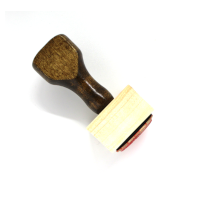
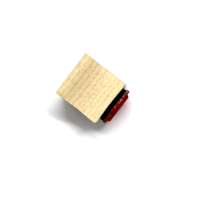
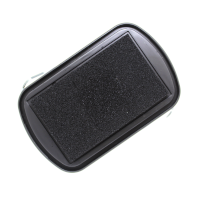
Example of a self-inking rubber stamp with a built-in ink pad and ink vial for refills:
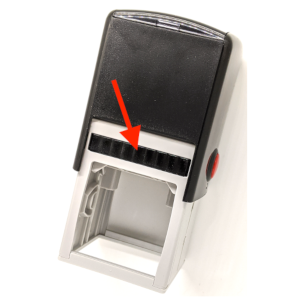
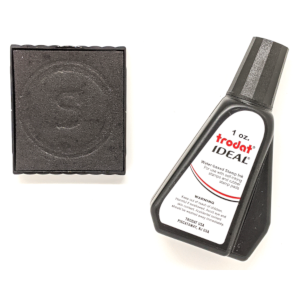
Let's go over pros & cons for each stamp type.
| Wooden Rubber Stamps - Pros | Wooden Rubber Stamps - Cons |
| More control over impression as pressure can be applied in different directions/movements | More time-consuming because of re-inking for each use |
| Color flexibility with different ink pad colors | Potentially inconsistent impressions depending on applied pressure |
| Easy to use on different surface shapes | More tedious with each use |
| Ability to use as imprint, without ink, on soft clay, dough, etc. | |
| More affordable | |
| Esthetically more pleasing | |
| Larger variety of sizes |
| Self-inking Rubber Stamps - Pros | Self-inking Rubber Stamps - Cons |
| Great for high volume use such as signatures, addresses, hand stamps at events, etc. | More expensive |
| Color flexibility with differently colored ink pad replacements | Less control over impression |
| Ability to re-ink with ink vials | Not a great fit for differently shaped surfaces (sphere, etc.) |
| Less messy as separate ink pad is not needed | |
| Huge time savings as re-inking for each use i unnecessary |
One last item to consider when buying a wooden rubber stamp is the size of the stamp compared to the size of the ink pad. Some ink pads come inside a casing which can make it more difficult to ink your wooden stamp if the stamp is larger than the ink pad casing itself.
At Stampmore, we either make sure the pad is large enough for the stamp or simply offer ink pads that are raised with no casing, thereby solving this potential problem by allowing larger stamps to be used with a smaller ink pad.
